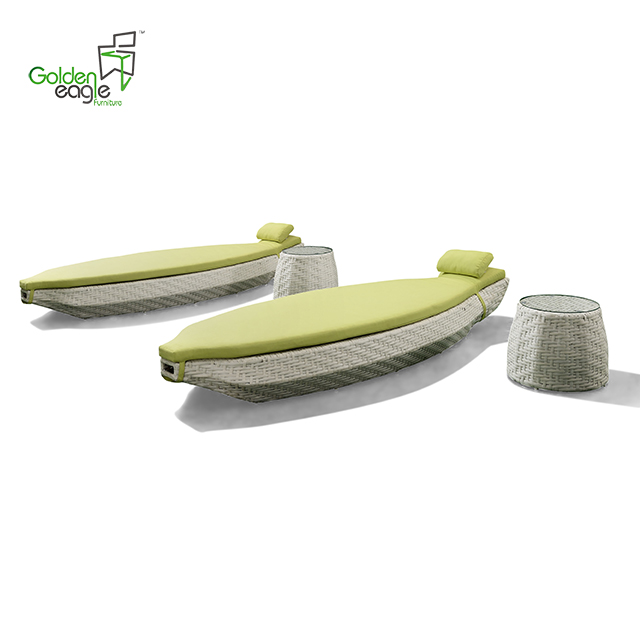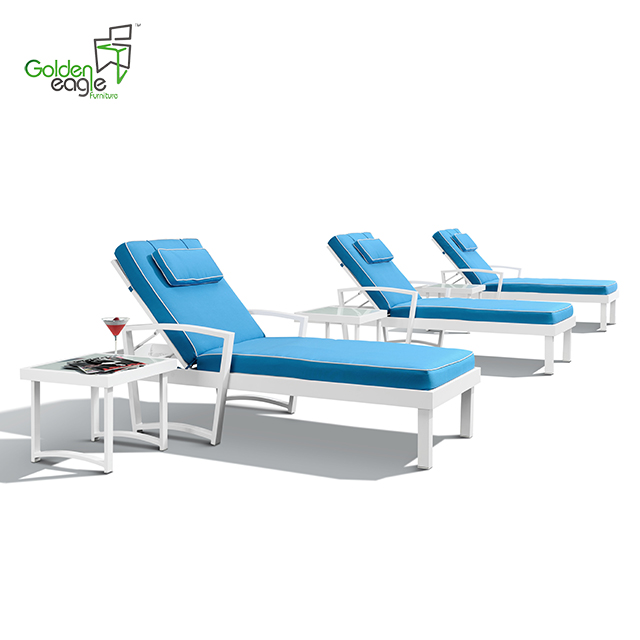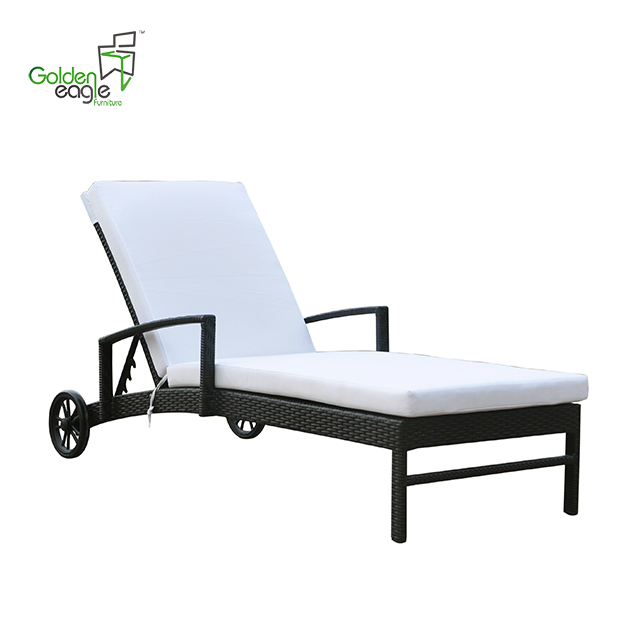Andy Woehl, winemaking engineer at ClosDuBois Wines, recently discovered that he faces a cross-cutting challenge. First, he must understand how to enter the control system of the factory's packaging equipment so that operational information can be collected in a usable format. Then he must work with a colleague in the company's IT department to make his new data acquisition system work.
The problem is that when a packaging line fails or is interrupted, engineers do not always find the cause. Downtime causes many problems that cause employees to blame each other, but it is difficult to come up with effective solutions without enough information.
The factors that complicate matters are: The relatively short production season of packaging, which puts pressure on the integration department, means that establishing a system and gaining recognition from the IT department requires more than engineering skills. Interpersonal skills are equally important.
But in the end, Woehl and his colleagues succeeded. Now installed at the Sonoma Valley plant is the Line Performance Solutions (LPS) system provided by Rockwell Software, a subsidiary of the Rockwell Automation Group in Milwaukee, USA.
“We chose this software system for our packaging line for two reasons. First, the packaging equipment was fitted with an Allen-Bradley programmable controller provided by Rockwell. Second, the software had a pre-designed database and task reporting capabilities. This can speed up our integration, and the reason for the delay in this project is that we have to run on the company's local area network and have a lot of communication with the company's IT department."
High-speed bottling
Sonoma Valley Wines has a high-speed bottling line responsible for the filling of most wines, and a low-speed production line for the filling of famous brands of wine. Woehl installed Line Performance Solutions (LPS) on high-speed production lines with a speed of 320 bottles/minute. This production line has completed 80% of the company's production, mainly for the production of “classic†brand wines, including five or six brands with two forms of packaging.
The packaging line starts with a glass bottle remover that takes the glass bottle out of the box. The bottling box is manually placed on the feeding conveyor of the pick-up machine, and the pick-up machine removes the glass bottles from the box. The glass bottle then enters an integral 64-head filling/squeezing machine. Both the nitrogen purification system and the bottle stopper machine are installed in a closed filling chamber. Then, the wine bottle queue will be divided into two columns, and two foil appliers will add aluminum foil labels to the wine bottles. Next, the two bottles of wine will merge into one column and enter a labeling machine. Bottles with good labels will be divided into two columns and they will be entered into two packing machines. Finally, the cartoning machine, a palletizing machine and a stretch-wrapping machine complete the packaging process.
In addition to the filler/cutter, each machine on the packaging line has an Allen-Bradley SLC5/05 programmable controller. The filling/pasting machine uses an Allen-Bradley PLC5 controller. In addition, an SLC5/05 controller is responsible for the operation of all conveyors. With the exception of PLC5, all controllers can communicate over Ethernet and are synchronized.
“We produce about 175 million boxes of wine a year,†said Woehl. “We hope to increase it to 3.5 million boxes. The entire wine production process is mainly focused on the bottling stage. Wine is more popular and people have a lot to say about it. What kind of controversy is in the bottle? We hope to make this process clearer. The question is how we can use existing data from packaging equipment to improve what we are currently doing."
Finding the right network
The first step is to upgrade the network that connects nine separate packaging devices. A network called Data Highway-485 (Data Highway-485) is already available. It is an Allen-Bradley protocol based on the standard RS-485. Woehl found that the network did not have enough bandwidth to transmit all the information to a new data acquisition system. So he replaced the network with an Ethernet.
After establishing a usable network, Woehl added a Logix5000 controller to the system as a data concentrator. Each machine's controller has an integrated data file that collects event information for that machine. The event information is generated by a series of programmable counters and status indicators. Real-world events include machine status (run, block, shutdown, etc.), machine availability, and unique events for each machine.
The data concentrator regularly interrogates the controllers of each machine, reads the integrated data files, and then uses intermediaries that are installed on a remote server, provided by Lighthammer (now part of the enterprise software provider SAP). The SQL database is updated. Information is generated by Rockwell's LPS software. Rockwell designed basic classification information that users may need to know and set up the software. After the data concentrator collects data from each controller, it stores them in the corresponding predefined directories. For the buyer, this solution is very economical, but it will not be suitable for all situations. "We have to ask Rockwell to add some custom reporting capabilities," Woehl said.
The server is both a data collector and a web server. This system allows legally identified individuals to view relevant information through the company's internal network. The operator can see production status information, including production data, accumulated downtime, which machine is down, and similar information. Purchasing personnel can pay close attention to how many bottles have been used. Management can view long-term data and make decisions that need to be improved. Woehl said: "If you can't quantify, you can't manage it. Now every department can see how they are doing and where they need to improve."
Because Woehl's system needs a server and he wants to enter the company's local area network, he needs to work closely with his colleagues in the IT department of the parent company AlliedDomecq. In the past, packaging engineers preferred to go to the dentist rather than work with the IT department.
Understand IT
Woehl said that the first thing he must do is to understand all the issues that the IT department may care about for his project. "Compared to the relatively simple automation network knowledge I have, they know a lot about large networks," Woehl said. "But they don't understand the way the networks in manufacturing are. For example, they don't use HMI. They use it instead." They do not know what PLC is. So the first step in this project is to understand each other. We need to find a common language, and then I can explain to them what I am doing."
One of the first things to negotiate is a common understanding of production data and their future use. According to Woehl's introduction: “When you tell the IT department that you want to collect and store data, they will immediately understand the sentence according to their thinking. They will be affected by the collection and protection of financial data, which are usually subject to Sarbanes. -Oxley or the regulations promulgated by the Security Exchange Commission are bound, so they first think of security. If any data is lost, it is a big problem for them. But for us, if we lose a day's production The data, this is not a problem. It is necessary to determine who is responsible for maintaining and protecting this data. My staff here are too few to complete this task, so we need to work together.â€
Another issue is network security. Several process engineers may not be aware of the latest virus conditions and cannot establish and maintain an effective firewall for the network. This is the continuous work that the IT department is responsible for. They are dedicated to dealing with such issues.
AlliedDomecq's IT department is located in Colorado, the United States, far from the wine factory. Woehl needs to contact them to understand the entire system and find the right people. He established a good relationship with local IT support staff at Sonoma Valley and learned all the procedures needed to cooperate with the IT department. After learning how to communicate with IT staff, a team of wine engineers flew to the company headquarters and met with IT and business managers. This meeting produced some guiding principles. They determined who should buy equipment and how to support it.
Use IT standards
“We purchased equipment using IT standard accessories through IT departments,†Woehl said. “The IT department then installs and forms the standard systems and applications. If we comply with their hardware and software regulations, then they will maintain the network, Providing the necessary support and downloading virus protection programs.The application installed on the server, such as the Rockwell system, is my responsibility.So I made a plan to cooperate with Rockwell and there is also maintenance, backup and storage of all production data. Other plans."
All of these are theoretically very good, but there are still many obstacles in the actual implementation. Woehl found that the IT department had no way to allocate time for this project. But with the help of his local IT staff, he can learn to implement a formal IT project, fill in the correct form and get help from the IT department. Initially, the process of installing hardware was slow, but as he learned more about the system, the entire process became faster.
In summing up this project, Woehl said: “We had a lot of communication and participation. IT department technicians helped to complete these programs. I usually show them through articles like Magazine magazine AutomationWorld what I’m doing. It's a common question of what kind of automation is in an ordinary IT environment."
As Andy Woehl discovered at ClosduBois, the challenge of conquering technology is only part of the problem. Learning how to cooperate with other departments can shorten the development cycle so that the factory's wine can be successfully sold to the market.
with excellent UV resistant PE rattan weaving and alu frame, waterproof polyester or olefin fabric, single Beach Chair is best choice for your hotel or swimming pool. With a umbrella and a coffee or tea, you can relax in the sandbeach. engoy the sunshine with your friend and family.
Handwoven premium resin wicker UV resistant
Rust-resistant powder-coated frames
Cushions included with 30 density sofa foam
Versatile tempered glass tables
Cushions also available with 100% waterproof fabric.
Single beach chair with different style and hand weaving




If you have any questions, please contact with us directly. Outdoor Sofa Furniture are produced
by Golden Eagle Outdoor Furniture With High Quality and Good Appearance. Welcome you can visit our Factory.For any inquiry,Please send mail directly to us.
Single Beach Chair
Single Beach Chair,Outdoor Lounge Furniture,Leach Chair Furniture,Outside Patio Furniture
Golden Eagle Outdoor Furniture Co., LTD. , https://www.geoutdoor.com